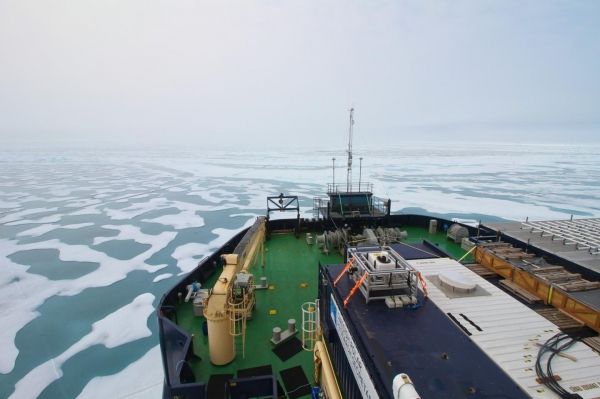A new study, lead by researchers at Stockholm university and published in Science Advances, now demonstrate that the amount of methane presently leaking to the atmosphere from the Arctic Ocean is much lower than previously claimed in recent studies.
Methane is well known as a major contributor to global warming. Understanding the natural sources of this gas, especially in the fast-warming Arctic, is critical for understanding the future climate.
Compared with the amount of methane produced by human activities the amount from the ocean was long thought to be negligible. Nevertheless, over the past decade, there have been reports claiming large amounts of methane emitted from the Arctic Ocean to the atmosphere. The amounts released were sometimes claimed to be catastrophically large and, even though the emissions had not be observed by atmospheric monitoring stations, it raised the question that perhaps scientists had missed something important about the Arctic Ocean’s methane cycle. However, measuring small amounts of gas escaping from the sea and properly scaling the emissions over millions of square kilometers of the remote Arctic Ocean is not an easy task.
A unique application of an established measurement technique
In their study, the researchers used direct measurements of the methane sea-to-air flux to determine how much methane is leaking from the eastern Arctic Ocean to the atmosphere. They used data from the 2014 SWERUS-C3 project, during which the Swedish icebreaker Oden crossed the eastern Arctic Ocean from Tromsø, Norway.
Read more at Stockholm University
Image: The foredeck of the icebreaker Oden with the atmospheric measurement tower, moving through sea ice with many melt ponds (blue areas) in the East Siberian Sea during the SWERUS-C3 project. (Credit: Brett Thornton/Stockholm University)


